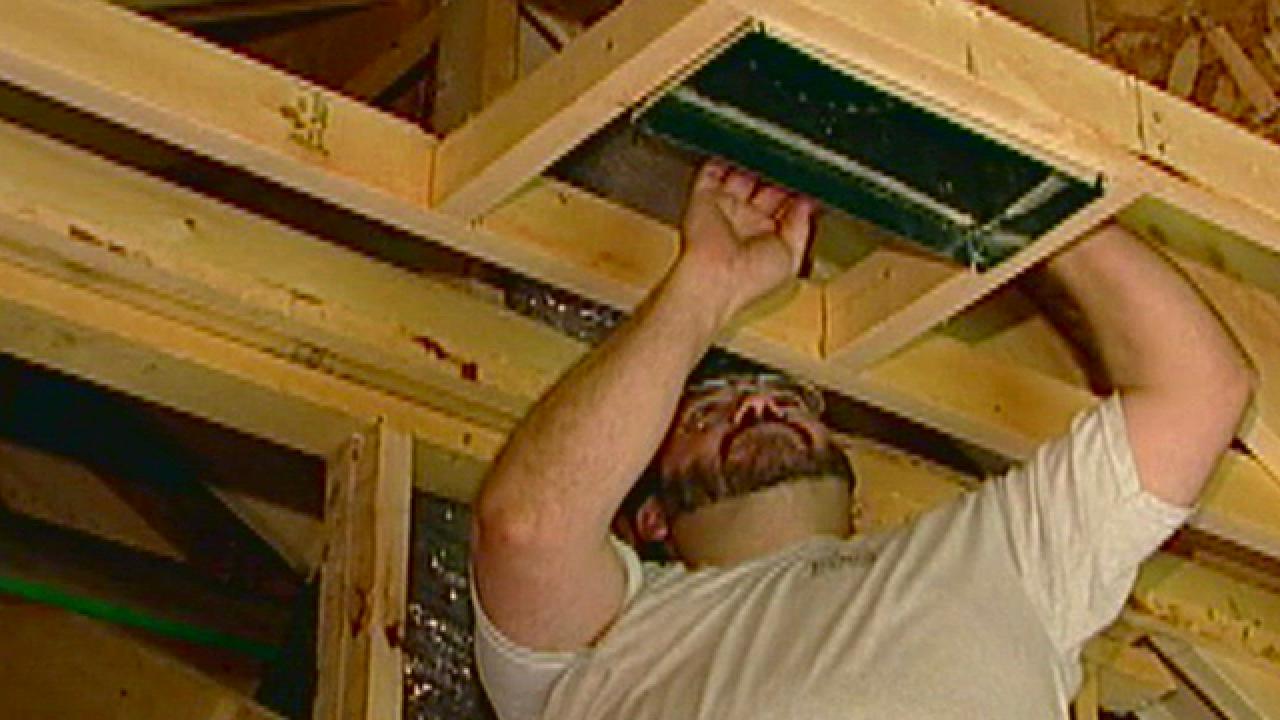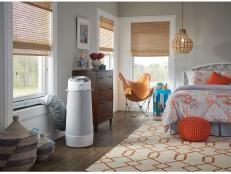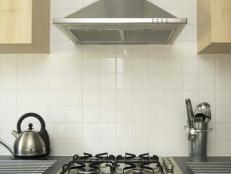Roof Ventilation Fundamentals
Roof ventilation helps to keep the attic dry and cool, but it's also important to maintaining a healthy environment. Normal household activities such as doing laundry, running the dishwasher and taking showers generate warm, moist air, which rises from the living space and into the attic. When the warm, moist air meets the cooler attic air, it condenses, wetting the surrounding framing members and insulation. Continuous wetting without drying can cause mold growth on the roof rafters and insulation, which can lead to respiratory problems for homeowners and eventual structural problems with the roof.
In addition, heat buildup in the attic can cause premature aging and cracking of roofing materials. In the winter, warm attic air can cause uneven snowmelt on the roof, which encourages ice damming. Ice dams form when melted snow runs down the roof to the eaves and then refreezes as icicles along the roofline. The ice expands and backs up under the shingles, exposing the roofing paper and sheathing to water. This can lead to delamination of the roof sheathing, which allows attic framing members and insulation to continuously get wet without drying. As previously described, this leads to mold growth and associated problems. In addition, wet insulation has a diminished R-value, which puts additional strain on the HVAC system, thus increasing the homeowner's energy bills. Water leaks in the attic also can eventually damage drywall in the living space.
A properly ventilated attic can prevent these heat and moisture problems. Air within a properly ventilated attic should never be more than 15 degrees warmer than the outside air. Furthermore, snow on a roof that has a properly ventilated attic will melt evenly, without any icicles at the eaves.
The recommended amount of ventilation is about 1 square foot per 300 square feet of attic area. A system of vents that includes soffit vents, baffles and ridge vents is the best way to meet this recommendation. These vents work together to facilitate continuous airflow—in through the soffits, up the rafters and out through the ridges — introducing fresh air into the attic and exhausting warm, moist air to the exterior. Even with no wind, the natural convection action of rising warm air maintains a continuous airflow along the underside of the roof. This vent system works in all climates and seasons and doesn't require any moving parts or energy consumption. Following are some additional features about each type of vent:
- Soffit vents. These are soffits that are perforated but are installed in the same way as solid soffits. They're either continuous or fitted between rafter tails. Soffit vents provide better airflow in the summer and protection against moisture and ice buildup in the winter.
- Baffles. These are fitted between the rafters. They allow fresh air to flow into the attic from the soffit vents without interference from the surrounding insulation.
- Ridge vents. Ridge vents are installed along the roof ridge (or ridges) to provide uniform ventilation throughout the attic, unlike turbines, louvers and or gable vents. Available in various widths and lengths, they can be fit to a range of roof pitches to work with all configurations.

In addition to using roof ventilation to keep an attic cool and dry, it's equally important to address these related building components correctly:
- Insulation. Be sure the attic has a continuous barrier of insulation that has the correct R-value. Install it correctly over and around any attic penetrations, such as those for recessed lighting in the living space immediately below the attic.
- HVAC system components. Be sure any ducts running through the attic are sealed and don't compress the attic insulation. Also, don't vent bath fans into the attic or within three feet of vented soffits.
- Air sealing. Properly air-seal all protrusions into and out of the attic to stop unwanted airflow, heat or moisture from entering the attic.







































